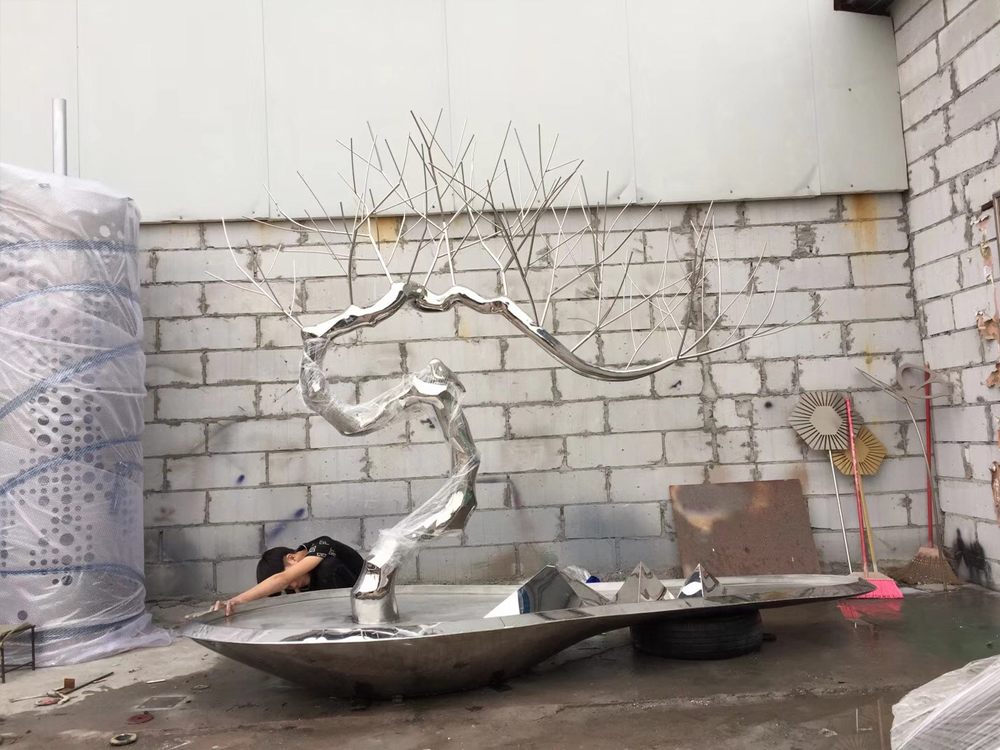
Wood carvings, often associated with traditional craftsmanship, can be transformed into striking elements of experimental and avant-garde art. By pushing the boundaries of conventional techniques, artists can create thought-provoking pieces that challenge perceptions of material and form.
One approach is to deconstruct wood carvings, fragmenting them into abstract shapes and reassembling them with unconventional materials like metal, resin, or found objects. This juxtaposition of organic and industrial elements creates a dynamic tension, perfect for avant-garde expression.
Another method involves incorporating technology, such as embedding LED lights or motion sensors into carved wood, adding an interactive dimension. This fusion of analog and digital mediums opens new avenues for viewer engagement.
For a more conceptual twist, artists can use wood carvings to explore themes of decay and transformation. Charring, bleaching, or partially decomposing the wood can symbolize impermanence, aligning with experimental art’s focus on process over perfection.
Finally, consider scaling wood carvings to monumental sizes or miniaturizing them to challenge spatial expectations. Pairing these with unconventional displays—suspending them from ceilings or embedding them in walls—can further elevate their impact.
By reimagining wood carvings through these innovative lenses, artists can bridge tradition and modernity, creating works that resonate in contemporary experimental and avant-garde art scenes.

